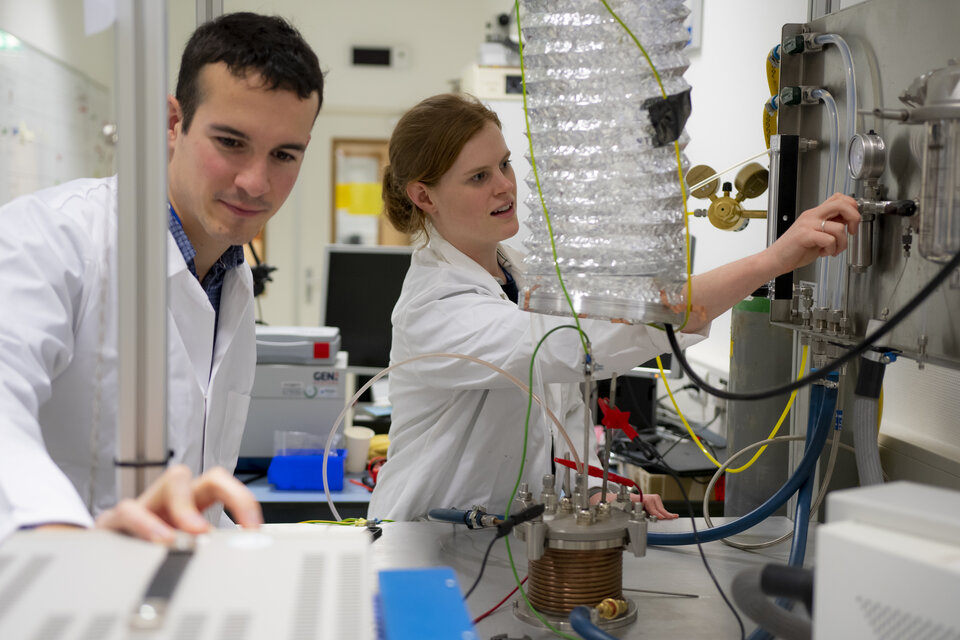Oxygen ranks right up there as one of the most important resources for use in space exploration. Not only is it a critical component of rocket fuel, it’s also necessary for astronauts to breathe anywhere outside Earth’s atmosphere. Availability of this abundant resource isn’t a problem – it’s widely available throughout the solar system. One place it is particularly prevalent is lunar regolith, the thin material layer that makes up the moon’s surface. The difficulty comes from one of the quirks of oxygen – it bonds to almost everything.
Approximately 45% of the weight of regolith is oxygen, but it is bonded to materials such as iron and titanium. To utilize both the oxygen and the materials it’s bonded to they must be separated. And a British company, with support from the European Space Agency, has begun testing a technique to judge its potential effectiveness on the moon.
The company, called Metalysis, already makes Earth-bound machines that are capable of isolating metals in bonded configurations with oxygen. In a novel step, the company used its process to extract oxygen and metals from simulated lunar regolith, which is the best proxy here on Earth for actual soil on the moon.
The experiment worked well, though will require some fine tuning to increase the amount of oxygen released. The process submerges the oxygen-containing material in a bath of molten salt and then runs an electric current through the combined salt and regolith. The electric charge allows oxygen to break its bonds with the metals holding it in oxide form, and they are then free to migrate and congregate at a charged electrode. A mixed metal powder is then left behind .
This metal, if harnessed properly can be used in material deposition systems such as 3D printing, but so far that is putting the cart before the horse. The experiment Metalysis performed, which takes place in a specialized chamber the size of a washing machine, is extraordinarily power hungry, and focuses primarily on metal extraction. All three of those characteristics must be modified if the process is to be used effectively in space.
Credit: Research & Impact at Sheffield Youtube
The chamber itself will have to shrink in order to fit reasonably along with other space-bound equipment. The power requirements will have to come down as there is a severe lack of energy available in situ on the moon. And since oxygen is more valuable than metals on the moon, the process will have to be tweaked with different reactants to extract the maximum amount of oxygen from the material.

Credit: ESA
Metalysis and ESA’s engineers still have some time before their process would be needed on the moon though. NASA’s current ambitious Artemis program plan is to place a person back on the moon in four years. If there is a system that can create rocket fuel and breathable gas for them upon arrival, that will be a great step toward securing future exploration missions from the lunar surface.
Learn More:
ESA – Turning Moon dust into oxygen
SpaceRef – Turning Moon Dust into Oxygen
Discover – Making Air From Moon Dust: Scientists Create a Prototype Lunar Oxygen Plant
Lead Image Credit: ESA

